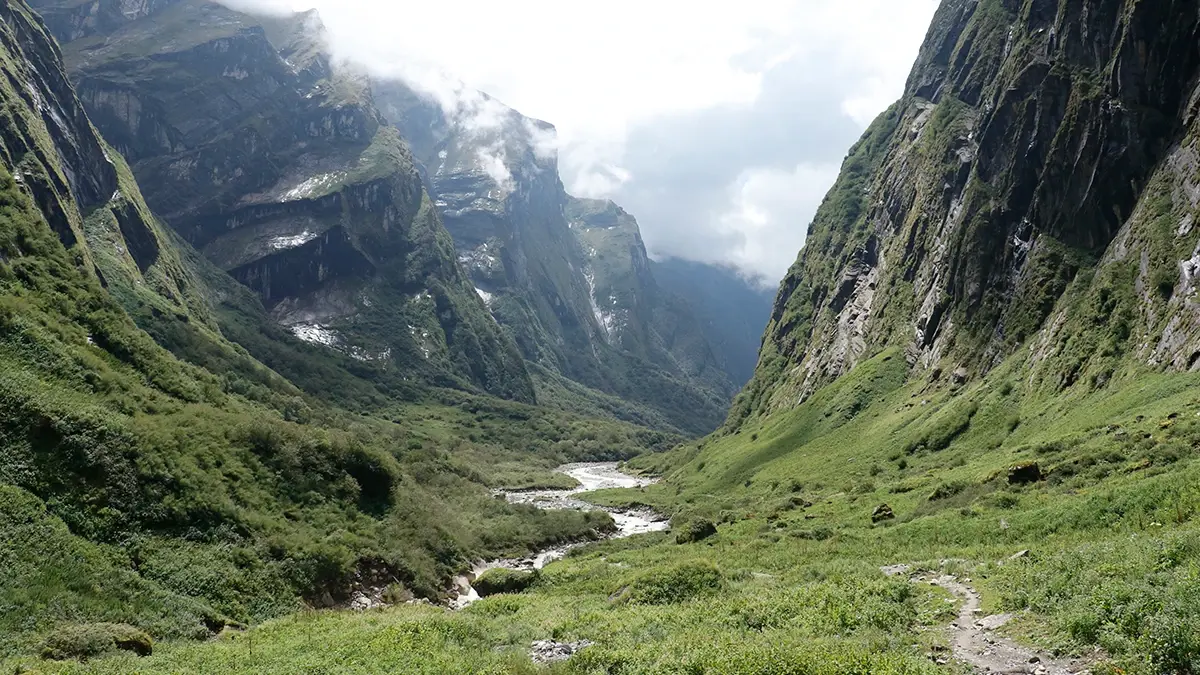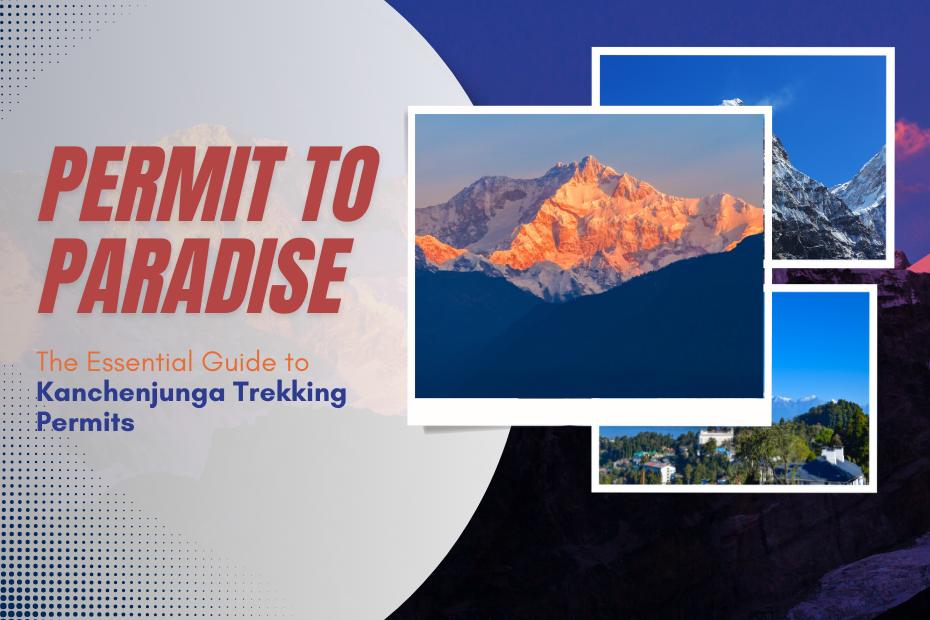
Weather Considerations
Weather Considerations for the Annapurna Region
Weather plays a vital role in the success and safety of any trek in the Annapurna region. With its range of elevations and diverse landscapes, this region experiences different climatic conditions throughout the year. Below is a seasonal overview to help you understand what to expect and how to prepare.
Spring (March to May)
Spring is one of the most pleasant seasons for trekking in Annapurna. During this time, the weather is generally mild, with warm daytime temperatures and cooler mornings and evenings. The skies are mostly clear, providing excellent views of the surrounding peaks. The trail comes alive with blooming rhododendrons, magnolias, and other wildflowers, adding a splash of color to your journey. It is an ideal time for photographers and nature lovers alike.
Autumn (September to November)
Autumn is considered the best season for trekking in the Annapurna region. Following the monsoon, the air becomes fresh and clean, and visibility is at its peak. The weather remains stable, with warm days and cool nights, making it comfortable for long trekking days. This season attracts the most trekkers due to its excellent trail conditions and breathtaking mountain panoramas, particularly of Annapurna, Dhaulagiri, and Machapuchare.
Winter (December to February)
Winter brings a quiet charm to the Annapurna trails. Although the weather is cold—especially at higher altitudes—the skies are often clear and blue. Snowfall is common in elevated areas, and some high passes may be closed due to snow. However, lower-altitude routes such as Ghorepani Poon Hill, Ghandruk, or Dhampus remain accessible and enjoyable. Winter trekking is suitable for those seeking solitude and crisp mountain air, but proper cold-weather gear is essential.
Monsoon (June to August)
The monsoon season is the least favorable time for trekking in the Annapurna region. Heavy rainfall, high humidity, and persistent cloud cover can make trekking difficult. Trails often become muddy and slippery, and there is an increased risk of landslides in hilly areas. Moreover, mountain views are frequently obscured by fog and clouds. Despite these challenges, some rain-shadow areas like Upper Mustang remain relatively dry and can still be explored during this time.
Understanding the seasonal weather patterns in Annapurna is essential for planning a successful trek. Whether you're chasing clear views, colorful forests, or peaceful trails, choosing the right time of year ensures a rewarding and comfortable experience. Always check the forecast before your trip and be prepared for changing conditions in the mountains.



